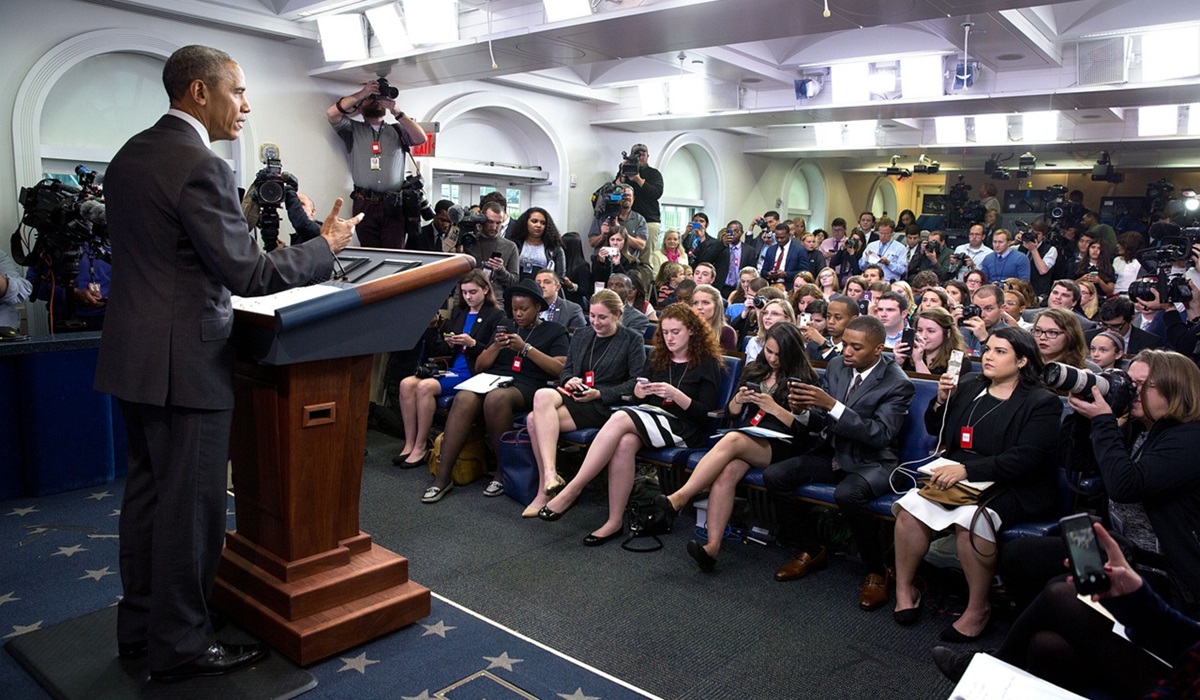5 Presidents, One Pattern: Clinton, Bush, Obama, Trump, and Biden’s Bombing Legacy
- TDS News
- U.S.A
- November 20, 2024

For over three decades, the United States has maintained a relentless cycle of military bombings and interventions across the globe, targeting a recurring roster of nations under the leadership of five consecutive administrations. From Bill Clinton to Joe Biden, an average of seven countries have been bombed per administration, leading to the displacement of over 38 million, and the injury or death of an estimated 10 million civilians. This pattern raises fundamental questions about the efficacy, morality, and true motives behind America’s foreign policy and military strategies.
Each administration justifies these actions under the guise of safeguarding America’s security. However, a disturbing trend emerges: the same countries—Afghanistan, Iraq, Syria, Yemen, Pakistan, Somalia, and others—remain in the crosshairs. If the repeated bombings of these nations were achieving the stated objectives of peace and stability, why does the need to target them persist? The absence of lasting solutions suggests that these campaigns are not about securing safety but rather perpetuating a cycle of destruction that benefits specific interests at the expense of countless lives.
A Military-Industrial Cycle of Profit
The inescapable conclusion is that these bombings serve purposes far beyond national security. The U.S. military-industrial complex—a vast network of defense contractors, weapons manufacturers, and lobbyists—reaps enormous financial rewards from sustained conflict. These corporations profit immensely from the development, testing, and deployment of increasingly sophisticated weaponry in warzones. The countries bombed by the U.S. serve, in effect, as testing grounds for new technologies, with civilian populations bearing the brunt of these experiments.
What follows is a cycle of political patronage: the billions funneled to defense contractors through government spending often find their way back into the coffers of political campaigns. These contributions influence lawmakers and ensure continued support for the policies that perpetuate conflict. Meanwhile, the administrations delivering the airstrikes frame them as necessary for national defense, perpetuating the narrative of a dangerous world that requires America to act as the global enforcer.
Proxy Wars and Expanding Influence
Beyond direct bombings, the U.S. has extended its influence through proxy wars and indirect military engagements. In Ukraine, billions of dollars in military aid have turned the country into a battlefield against Russian aggression. In Israel, unwavering American support sustains the occupation of Palestinian territories, with devastating consequences for civilians in Gaza and the West Bank. Similarly, U.S. involvement in Taiwan, the Philippines, and other strategic regions reflects an ongoing effort to counter perceived threats from China while entrenching American hegemony in global politics.
These proxy conflicts reveal the broader aim of U.S. foreign policy: maintaining dominance rather than fostering peace. The human cost of these wars—displacement, destruction, and death—is staggering, yet it remains secondary to the pursuit of geopolitical advantage and economic gain.
A Fundamental Moral Failure
The United States’ bombing campaigns and proxy wars demonstrate a stunning moral failure. Destroying nations—particularly underdeveloped or economically struggling ones—does not make the world safer. Instead, it creates power vacuums, fosters resentment, and sows the seeds of extremism, perpetuating the very threats these actions purport to eliminate. For decades, America’s policies have inflicted irreparable harm on nations that lack the resources to rebuild or defend themselves. The endless cycle of destruction erases cultures, destabilizes regions, and ensures ongoing poverty and suffering for generations.
The question remains: when will an American president step forward to end this destructive cycle? Acknowledging the damage caused by decades of interventionism is the first step. The next would involve reimagining America’s role in the world—not as a global enforcer but as a leader in diplomacy, development, and genuine peace-building. This shift would require confronting the entrenched power of the military-industrial complex and rejecting the toxic marriage of profit and policy that drives endless wars.
What Comes Next?
As the U.S. continues its global interventions, the consequences grow ever more severe. The world faces escalating conflicts in Ukraine, Gaza, and other regions where American influence plays a central role. Meanwhile, new flashpoints, such as Taiwan and the South China Sea, loom on the horizon. If the U.S. persists in its current course, the toll on humanity and the environment will only increase.
It is time for the United States to break free from this cycle of violence. Bombing the same countries repeatedly and expecting different outcomes is not a strategy—it is madness. The world deserves better, and so does the American public. Instead of pouring resources into destruction, the U.S. must invest in solutions that promote global stability, address the root causes of conflict, and prioritize humanity over profit.








